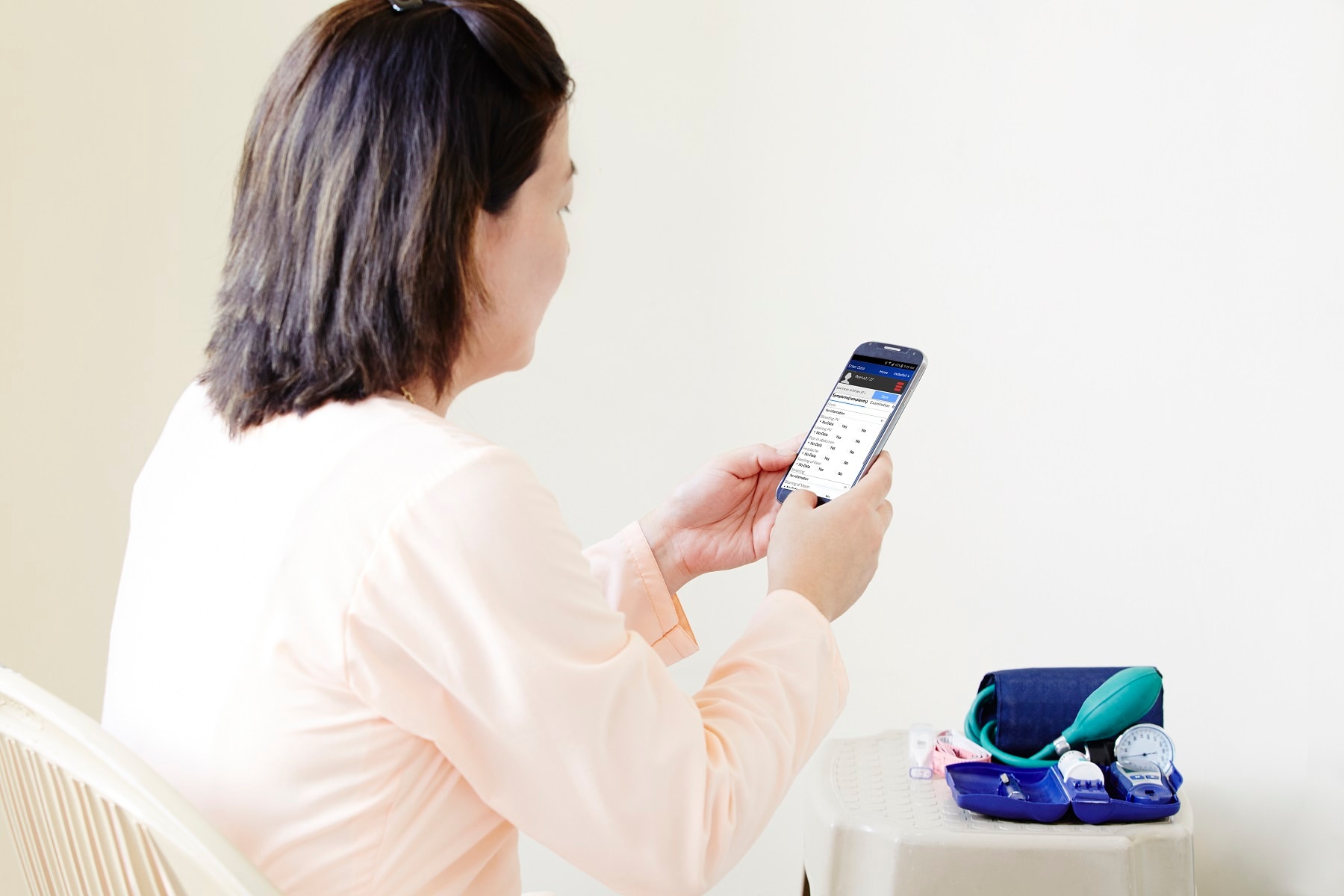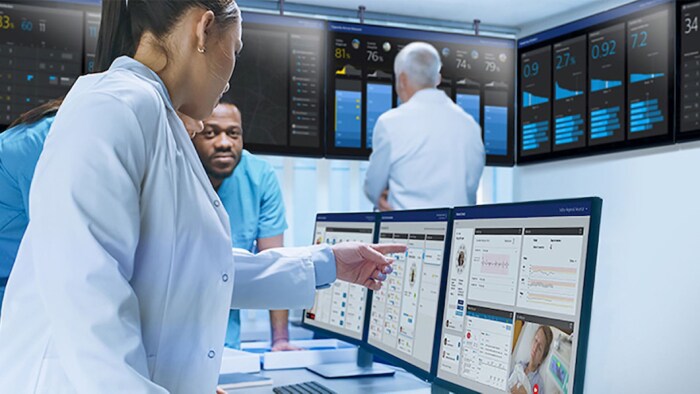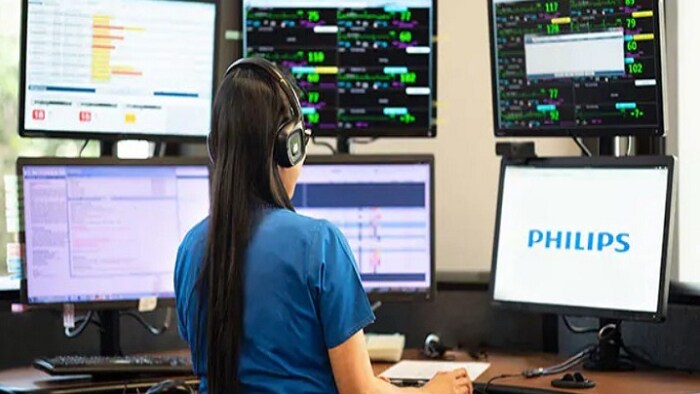In support of UHC: Bringing healthcare to Filipinos through telehealth


Feb 20, 2020 - reading time 8 mins
Country Manager, Philips Philippines
Ashwin Chari is the Country Manager of Philips Philippines. He is also responsible for formulating and implementing strategic plans that contribute towards improving health and wellness through Philips’ meaningful innovation across the ASEAN Pacific region. Ashwin brings over 18 years of experience in the Technology and Telecommunications industry across Asia Pacific and Europe.

In due time, over 100 million Filipinos will soon have improved coverage of basic health services and reduced out-of-pocket expenditure with the impending rollout of the Universal Health Care (UHC) Law in the Philippines. The passage of the bill into law was lauded by international organizations including the World Health Organization. However, as this vision now transitions into a reality, the Philippine government must now undertake the important task of ensuring that UHC law will redound to each citizen who needs it.

The UHC law outlines in broad strokes crucial improvements to the Philippine health care system, notably the provision of National Health Insurance Program coverage for every Filipino, from taxes and/or contributions. Without a doubt, the UHC law is a positive step towards ensuring healthcare for all Filipinos. Yet, it is also a monumental undertaking set against the unique challenges facing the Philippines – particularly rising healthcare costs and the logistics of making healthcare accessible for a population dispersed across the 7,641 islands in the country.
Reaching across the Philippine Islands with technology
Today’s technological advancements are unlocking new possibilities of overcoming the geographical challenges to healthcare in an archipelago like the Philippines. With better telecommunications infrastructure development, Filipinos today enjoy increased connectivity and are quickly becoming among the most tech-savvy populations. Filipinos today spend an increasing amount of time online across their devices, averaging over 10 hours a day1 -The highest screen time worldwide and significantly higher than the global average of 6 hours and 42 minutes. With a current internet penetration of 71%2- the continuous rise of connectivity and mobile usage across the Philippines present a ripe opportunity for the adoption of telehealth – where healthcare is provided remotely through telecommunications networks through video consultations or mobile platforms. While there is growing awareness of telehealth’s potential to improve healthcare access and availability, Philips’ 2019 Future Health Index (FHI) global study found that telehealth has yet to become a common part of work for healthcare professionals’ day-to-day work – with 39% saying they do not currently use telehealth in their practice or hospital. The FHI also revealed that the top reasons that hinder patients from seeing a healthcare professional – lack of a specialist in their area (20%), difficulty of or inability to schedule an appointment (31%) – are also areas where telehealth can be the most effective, and potentially have positive impacts on the patient experience and outcomes. Particularly so when set against the dispersed nature of the Philippines’ population, where those living in remote communities need to travel a significant distance to the nearest clinic or hospital. To truly make healthcare accessible to all Filipinos, this requires healthcare policies to evolve and leverage on digitization to tackle age-old issues. With a more data-driven and connected approach, healthcare delivery will no longer be tied to particular locations. The development of telehealth could greatly complement the current rollout of the UHC Law and address the healthcare issues faced by both healthcare professionals and the general population. First, telehealth enhances access by overcoming geographical barriers and bringing care directly to the people who previously lacked access, also enabling patients to receive diagnosis or treatment in the comfort of their homes. Second, it can boost cost-efficiency as remotely delivering care across time zones and geographies, allowing healthcare professionals to provide advice and care remotely wherever they are located – an essential element of addressing the growing workloads of local healthcare workers. Lastly, telehealth has the potential to increase patient satisfaction, as it enables Filipinos to receive quality care on demand, whether they are in a far-flung barangay or in remote, mountainous communities. Healthcare for all Filipinos: Driving the state of the UHC forward with telehealth As of December 2019, the House Committee on Health has already approved a consolidated bill establishing the Philippine eHealth system and services using ICT in the country to support the implementation of the UHC Law3. The enactment of this consolidated bill to law will institutionalize telehealth or eHealth in the Philippines by establishing policies, regulations, and ethical frameworks that support the practice and provision of telehealth services across the country. As more developments and improvements are introduced, technology will continue to evolve and drive continuous transformation in health systems around the world. Now that the vision of national telehealth adoption is gradually becoming a reality, there are three key areas of focus for telehealth adoption: 1. Build financial case for telehealth implementations The set-up, rollout, and maintenance of telehealth services can be costly. As the nationwide adoption of telehealth is underway, the government must consider traditional reimbursement models. Since telehealth enables remote patient care, solutions could negatively affect the income of healthcare professionals and institutions unless traditional reimbursement models are recalibrated. We’re off to a good start so far as the government announced that PHP 164.7 billion of the national budget will be allotted for healthcare4. With this given budget, lawmakers have included the modernization of the Philippines’ healthcare system, which involves the establishment of the Philippine eHealth System, as one of their top priorities. This is a big step for the Philippines, as we are starting to see the value of modernizing our healthcare system. 2. Ensure proper training and education for both patients and HCPs It is important to factor in training and education on telehealth to ensure that these services are understood and easily integrated in the daily lives of Filipinos. End-users must understand how this enables them to get proper care in a cost-efficient way, while healthcare professionals must see how telehealth allows for more efficient ways of working and help alleviate growing workloads. 3. Localize telehealth’s scope to needs of the Philippines It is without a doubt that standardization is a crucial factor in the nationwide adoption of telehealth – data must be collected and stored in a consistent way that will allow doctors to collaborate and share data easily. However, it is equally as important for us to understand that there is no one-size-fits-all approach to telehealth. This will always be dependent on the local infrastructure and environment. Thus, the Philippines must adopt a telehealth system that will best fit the local landscape. New technologies like telehealth can help achieve universal healthcare coverage and ease rising healthcare costs, and therefore, enable a healthier Philippines. We believe that these goals are within reach, but to achieve this, telehealth needs a concerted effort in order to succeed.
Telehealth: enabling the future of universal healthcare coverage



